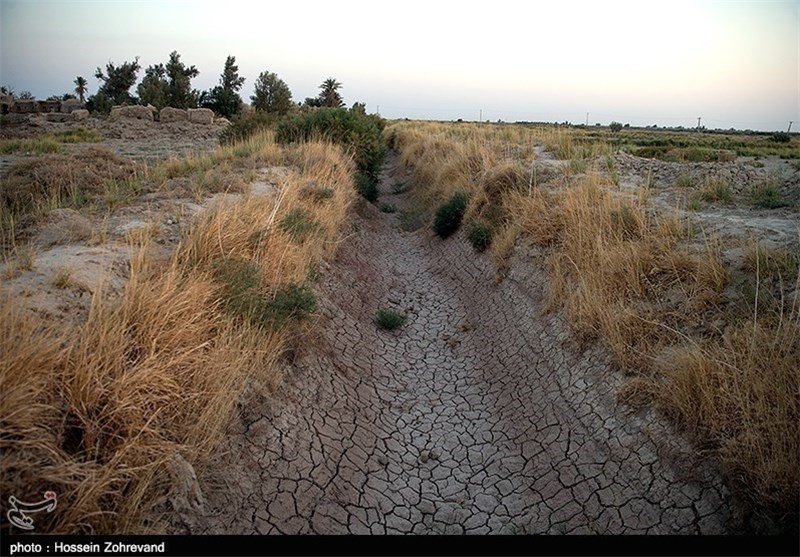Iran mulls over water transfer from Sea of Oman to drought-ridden provinces

TEHRAN — Iran is weighing up the option of transferring water from Sea of Oman to drought-ridden provinces of Sistan-Baluchestan, Hormozgan and Khorasan Razavi, deputy head of the Department of Environment (DOE) for marine affairs has said.
“There is a strong possibility that we initiate the plan to transfer water from Sea of Oman by the next [Iranian calendar] year (March 2019),” ISNA quoted Parvin Farshchi as saying on Friday.
The three provinces of Sistan-Baluchestan, Hormozgan and Khorasan Razavi are already stricken with severe drought and the latest projections revealed that the aforementioned provinces will face water scarcity within next three years which necessitates transferring water from Sea of Oman, Farshchi explained.
As the southeastern province of Sistan-Baluchestan is geographically closer to Sea of Oman the region is our first priority for the water transfer scheme, she added.
The official highlighted that although many experts consider water transfer schemes environmentally hazardous and destructive water transfer from Sea of Oman is the last resort for the Department of Environment.
“Each marine environment has its distinguishing characteristics and this is why we said no to water transfer schemes from the Persian Gulf and the Caspian Sea,” she said, stating that Sea of Oman is different from the Persian Gulf and the Caspian Sea, in that it is deeper and unlike the Caspian Sea which is in fact an enclosed inland body of water and the Persian Gulf which is partially enclosed by land Sea of Oman is connected to the Indian Ocean.
However, she said, “I insist that water transfer from Sea of Oman is inevitable as the three aforesaid provinces have no access to underground water resources and are suffering low precipitation levels.”
Farshchi further noted that the water which will be transferred from Sea of Oman will be mostly used for drinking purposes in the first place
“The studies for launching water transfer schemes, including whereabouts of desalination plants, the amount of transferred water, deciding on where to dump the brine, etc. are underway and will be completed within next six months,” she said.
“We cannot arrive at a final decision before confirming the findings of the aforesaid studies, the Department of Environment won’t approve the project before evaluating the likely environmental impacts of the project based on the environmental impact assessment report.”
Moreover, DOE will approve the project provided that the project prove to be sustainable and that the Department supervise the whole process to avoid possible detriment effects of the project, she concluded.
Climate change decreasing rainfall rates in Iran coupled with unsustainable depletion of underground resources for agricultural practices are among the main reasons for water shortage in the country.
As per the figures announced by Iran’s Meteorological Organization there has been a 40 percent drop in average precipitation over the period from September 23-December 25, 2017 compared to the long term averages.
MQ/MG

Leave a Comment